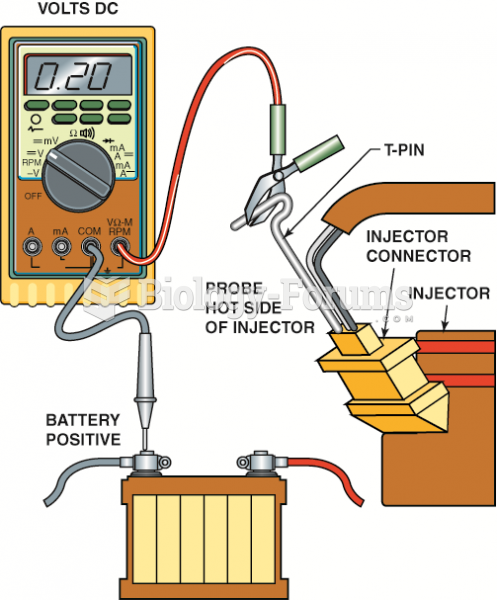Answer to Question 1
Answer: These measures are effective for supporting positive change. All of the keys for establishing effective metrics are included in these measures. The keys are (1) Identify two or three metrics or indicators that specify the result that is to be achieved. (A common mistake is to measure too many things. The key is to focus on a few core items.) These should not be metrics associated with effort or methods, but they should focus on results or outcomes. Specifically, they should address the outcomes desired from the vision of abundance. At SAS, one metric includes the elapsed time between the plane pulling up to the gate and the first bag being delivered on the carousel. (2) Determine a measurement system. Data should be collected at certain time intervals in particular ways. This may be reports, surveys, or face-to-face meetings. At SAS, daily logs are kept of baggage handler performance. These measures do not focus on hours worked or how many bags are handled. They focus on the key outcomes desired, namely, speed and accuracy of delivery. (3) Milestones are specified, meaning that at a certain point in time, a measurable amount of progress will have been achieved. For example, by the end of the month baggage handler timeliness will have improved 1 percent. By the end of the year, it will have improved 15 percent. Milestones simply create a time frame for keeping track of real progress.
Answer to Question 2
Answer: Student answers will vary but could include the following: PositivityHe paid attention to the company's best self. Iaccocca pointed to the fact that even though the company was in bad shape, several good things happened in 1979, including reducing fixed costs, improving profit margins, putting a product plan in place, and investing a lot of time and money in the future. He had the employees write down what they had done to help the company during the previous 12 months. This created a sense of positivity and helped establish a sense of momentum. Iacocca pointed out that the basics were in place and the personnel were capable of achieving success. (We have a lot to do, but because we are family, we can do it.) He shows gratitude for their effort and compassion for the circumstances that led to failure.
Symbols usedNew Chrysler Corporation. Iacocca used this symbol to point to new beginnings for the company and give them hope for the future. He formed a new ten year plan. Out with the 1970s, in with the 1980s. He used the song We Are Family as a symbol for a unity, shared purpose, and shared fate. Also asked them to help spread the Chrysler family confidence to their customers.
Small winsHad them write down the things they plan to do for the company and for themselves in the next 12 months. Gave them one goal (obtain a government vote of confidence) but otherwise left it up to the employees to set benchmarks. This gave them the opportunity to accomplish small but meaningful tasks and establish momentum.







